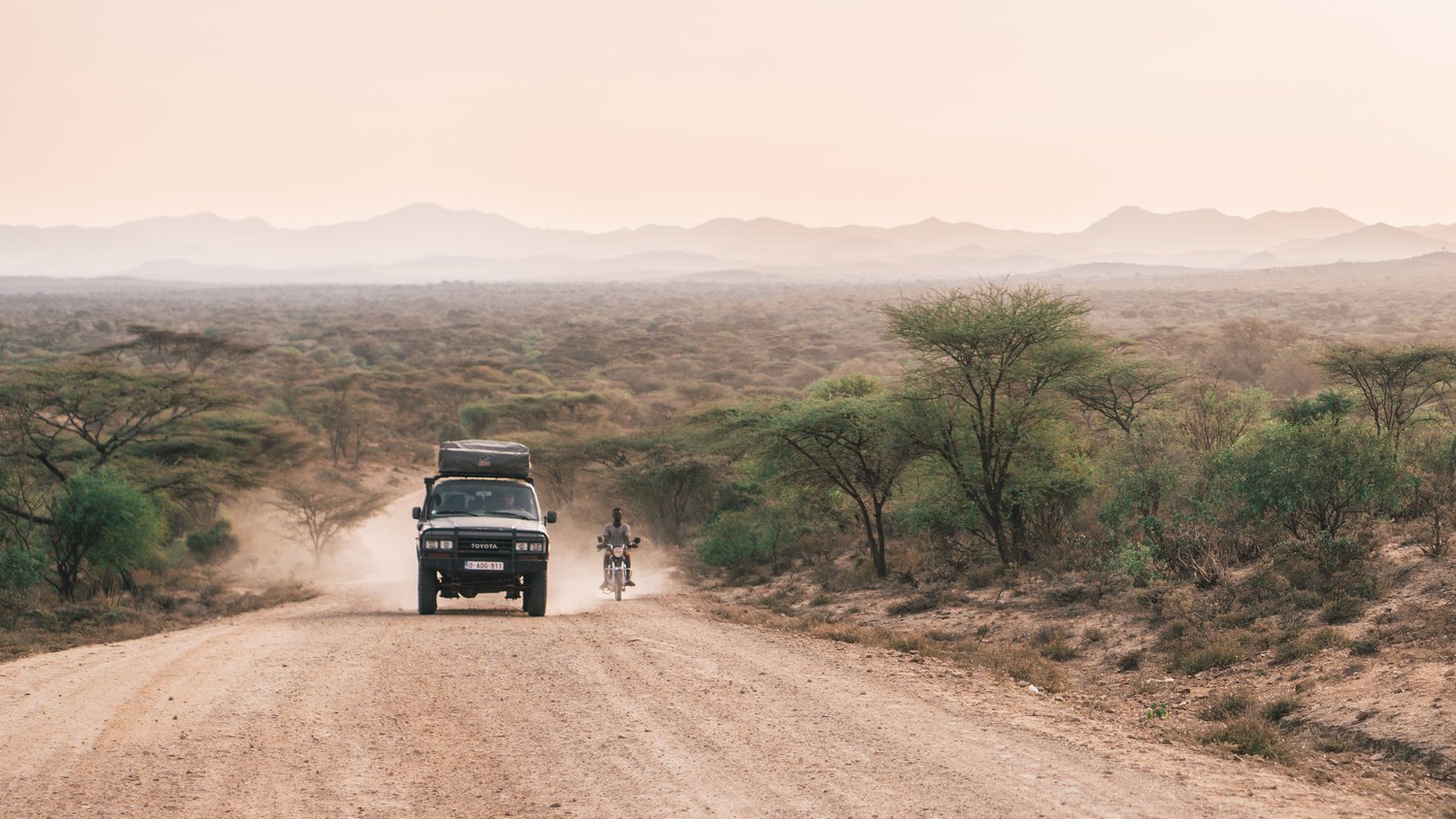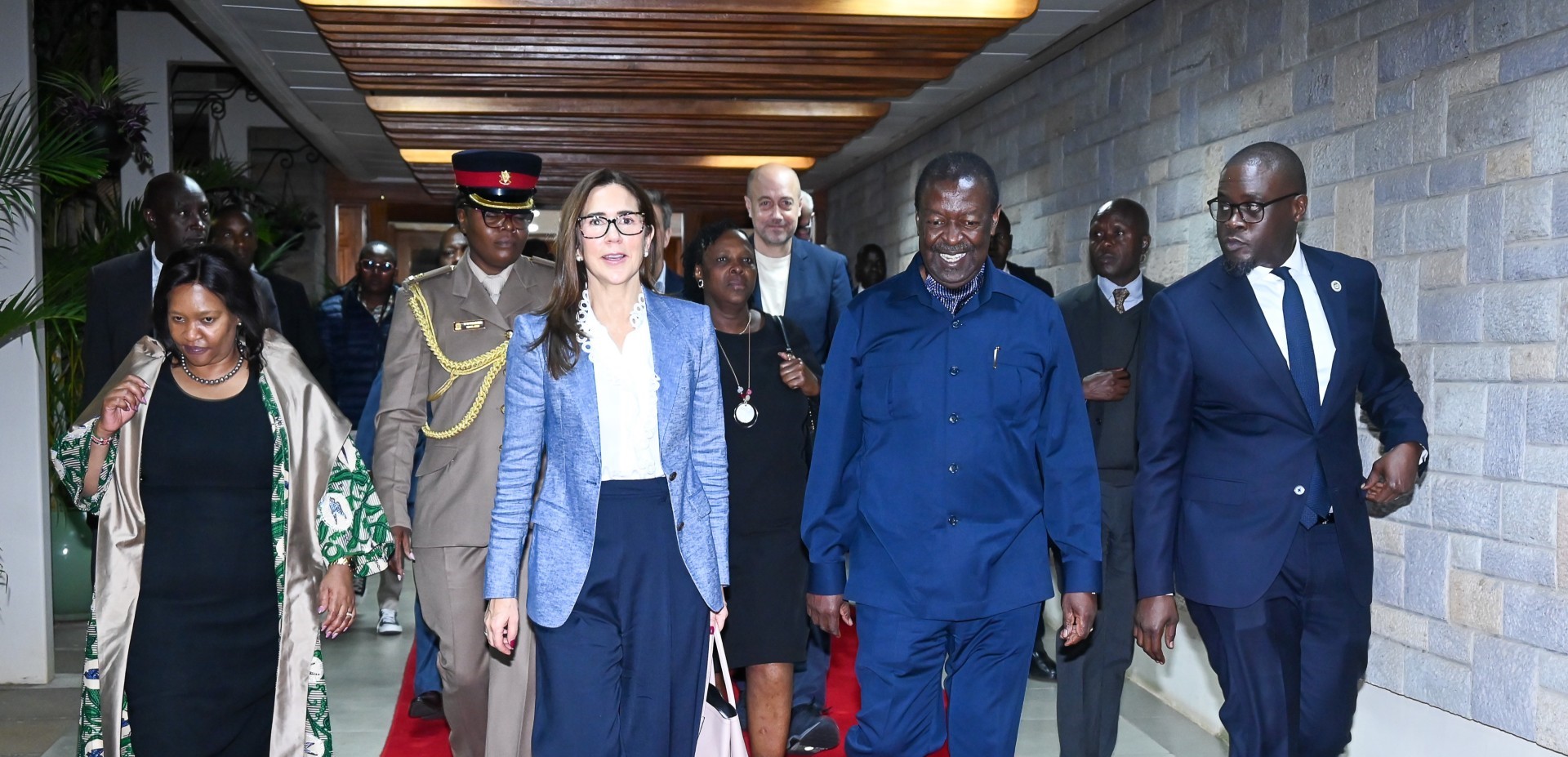- According to the CCDRM, 12 million children in Kenya face climate and disaster risks.
- Despite Kenya's negligible contribution to global greenhouse gas emissions, the country is still experiencing severe impacts from climate change.
The United Nations International Children's Emergency Fund (UNICEF) in partnership with the Ministry of Environment, Climate Change and Forestry, has launched the Children's Climate Change and Disaster Risk Model (CCDRM). This groundbreaking tool will help users understand the climate risks children and their communities face at the county level across Kenya.
The CCDRM model will also equip stakeholders with the knowledge to prepare for and respond to disasters, ultimately saving lives and livelihoods. UNICEF Kenya Representative Shaheen Snilofer emphasized that the climate crisis is fundamentally a child rights issue.
"The CCDRM model is a vital tool for stakeholders to prioritize investment on climate action and disaster risk reduction efforts, building long-term resilience and sustainability for children and communities."
Read More
The Kenya Sub National Children's Climate and Disaster Risk Model analytical report reveals that children in the country are particularly vulnerable to climate and environmental disasters due to their high exposure to multiple hazards and underlying vulnerabilities in the systems they rely on for growth and development.
"The CCDRM is a powerful example of how national stakeholders can work together to create a decision-making tool in climate change adaptation and disaster risk reduction with a strong focus on children and their communities," said Festus Ngeno, the Principal Secretary for the State Department of Environment and Climate Change.
According to the CCDRM, 12 million children in Kenya face climate and disaster risks. Despite Kenya's negligible contribution to global greenhouse gas emissions, the country is still experiencing severe impacts from climate change. The launch of the CCDRM marks a significant step towards empowering Kenyan children and their communities to strengthen resilience and reduce the devastating impacts of climate-related disasters.





